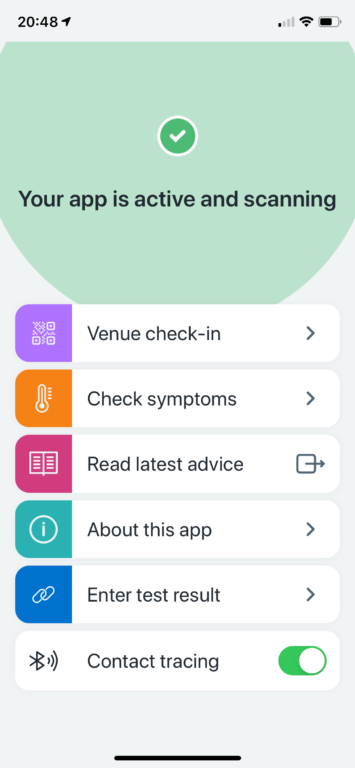Let’s talk about software upgrades: when you should go for it, when you should hold back, and how you should decide which version is the ‘right’ version for your organisation, writes Glen Smith
Last month, we heard about issues with the Test and Trace programme in the UK, resulting in incorrect counts of positive COVID tests. Test results were filed in the form of text-based lists.
An automatic process then pulled this data together into Excel templates, so that it could be uploaded to a central system and made available to the NHS and government dashboards – and this is where problems arose.
As a self-confessed automation nerd, I was disappointed to think that the project appeared to have fallen down at the automation stage.
Automation is powerful. I could talk about it all day, but it’s safe to say that, if you automate a bad manual process, then you may well be masking serious problems.
So, what happened with Test and Trace? From what I’ve read, it sounds as if the system’s developers were using an old, unsupported file format: XLS instead of XLSX. In the Excel XLS format, each template could handle only about 65,000 rows of data, rather than the one million-plus rows that Excel is actually capable of handling.
Since each test result created several rows of data, in practice, that meant that each template was limited to about 1,400 cases. When the total was reached, further cases were simply left off.
Software upgrades – Massive security risk
Using an old, unsupported file format doesn’t just risk data loss, as we’ve seen here. It can also be a massive security risk. Old file formats are more vulnerable to viruses and hackers. Microsoft itself has been urging us all to update to newer standards.
XLS files can have vba code embedded in them to run when opened, and many corporate spam filters do and should block any XLS attachments. (My own house purchase was delayed by two weeks, just because the other side’s solicitor insisted on sending older XLS and doc files.)
This highlights the importance of always using the latest version. Software and hardware may be updated regularly with shiny new features to draw us in, but the security improvements they contain are often even more important.
Unless you are using software-as-a-service (SaaS), and paying monthly or yearly subscriptions, moving to the latest version in the CAD world usually means having a current maintenance and upgrade contract in place. But even that doesn’t mean that companies always upgrade as soon as they might.
They may wait, for example, until a service pack is released. More often than not, the main reason given not to upgrade is that the software isn’t at the second service pack yet. The assumption here is that, if you wait for SP2, all the bugs will be fixed. Not true.
Perhaps also it’s the fear of change; if that’s the case, I highly recommend the book ‘Who Moved My Cheese?’ Or maybe it’s the old thinking: “If it ain’t broke, don’t fix it.” But all too often, we only find out that something is broken when it’s too late.
Just because a new release might not have enough new features to get you excited, security and maybe performance should still be good reasons to upgrade. And as others in your customer base and supply chain upgrade, by not upgrading yourself, you risk losing compatibility.
Now, I do appreciate that, if we’re not careful, we could spend all of our time performing software upgrades and not doing the work we’re paid to do. But going back to Test and Trace, there is a big difference between running every update as soon as it’s available, and not updating from a file format that was superseded in 2007. To give this some context, that’s the Windows XP era, well before the launch of the iPad, and when Tony Blair was still Prime Minister of the UK.
Cloud arguments
I understand the arguments from the cloud CAD companies that their approach removes worry about software upgrades and the time spent performing them.
However, customers are often at the mercy of browser developer upgrades and also run the risk of deploying too many updates, so often that users quickly find that they just can’t keep up.
It’s about making an educated decision. If a new version has features that will save you time, then upgrade. If you read the release notes and there are security upgrades, then upgrade.
If it’s more than a year since your last upgrade, you should probably upgrade. Staying on the same version for too long is a risky step to the point where a failure of some description is inevitable. Not upgrading at all, however, should not be an option.
Get in touch:
Glen Smith is CEO of DriveWorks. We agree entirely about users being at the mercy of browser developers.
Get in touch with Glen at driveworks.co.uk or @driveworks






